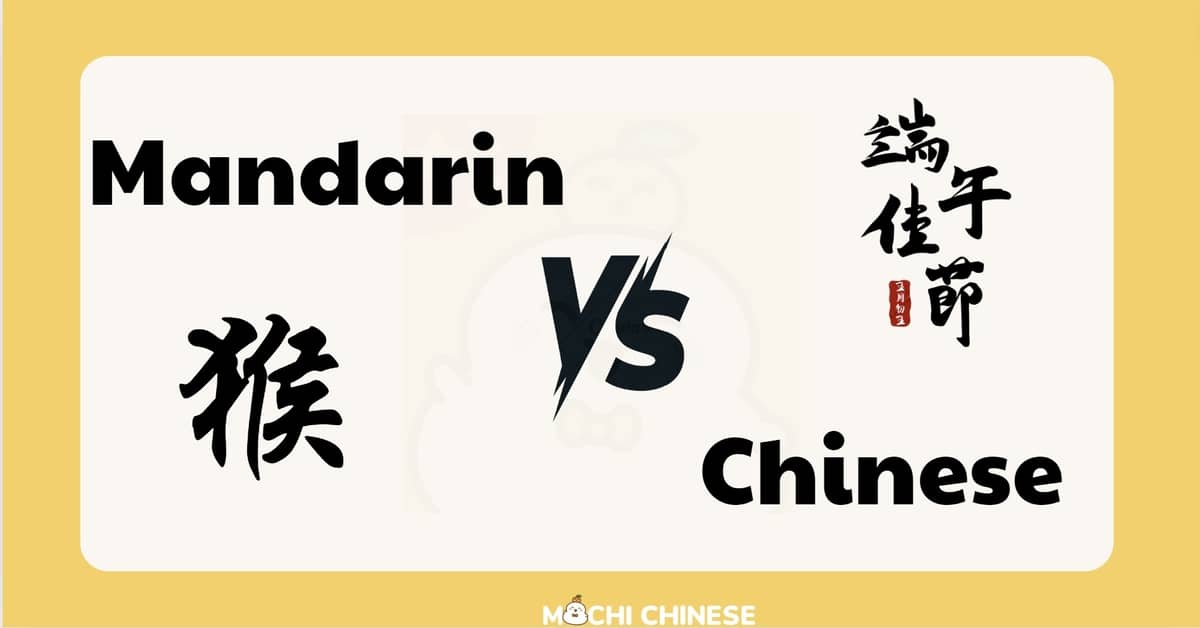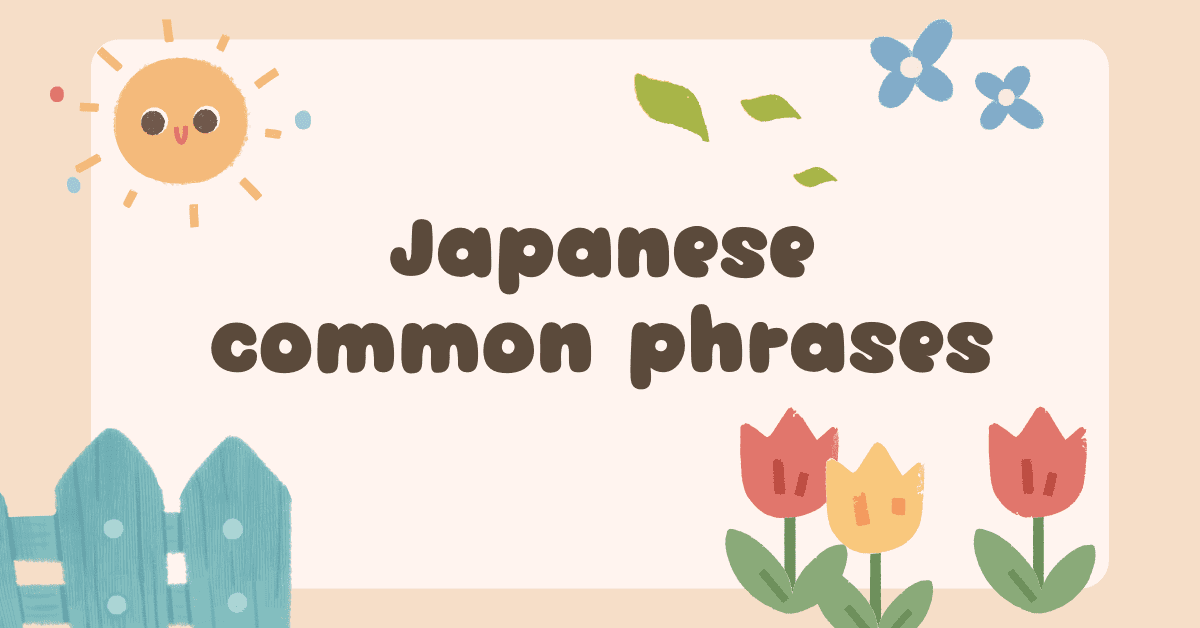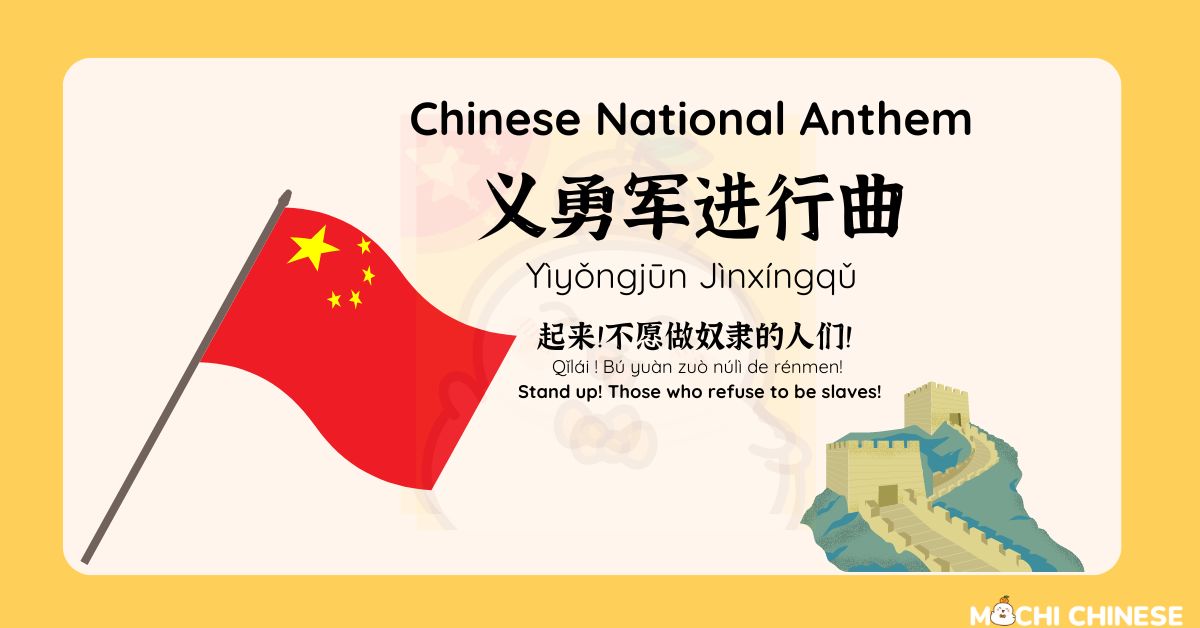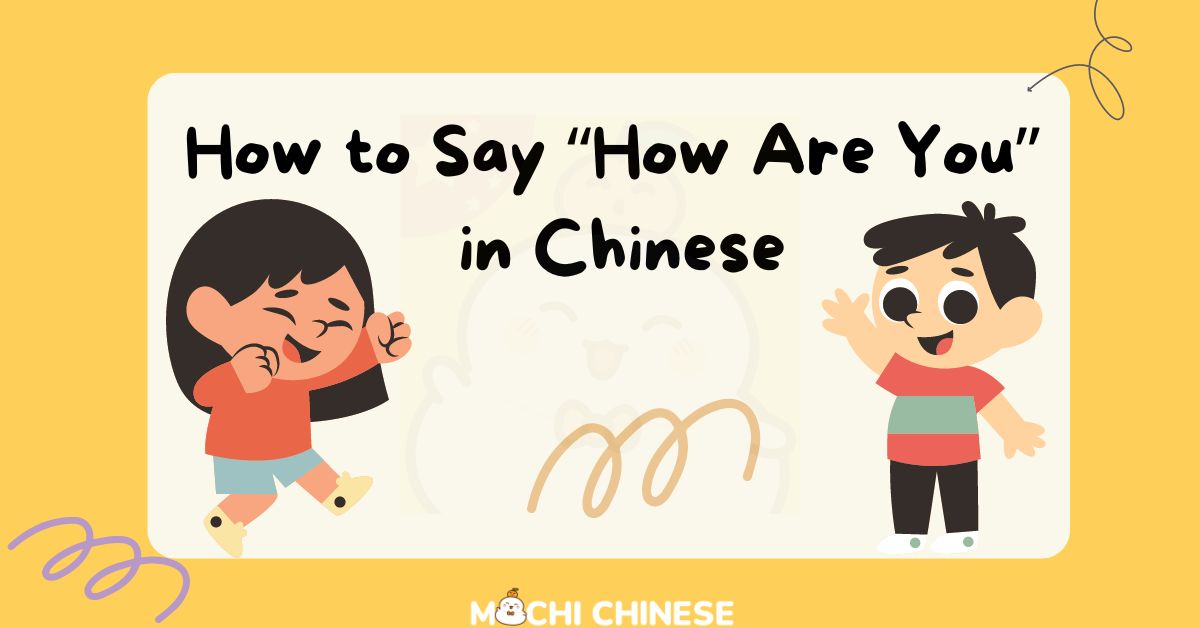To conquer Chinese, in addition to learning vocabulary as well as listening, speaking, reading and writing skills, you need to learn good grammar because it plays an important role in helping you master the structures that form complete sentences. Chinese grammar is the basic foundation for using Chinese in the most accurate and effective way. Mastering grammatical structure is the basis to help you master Chinese quickly and use it more effectively.
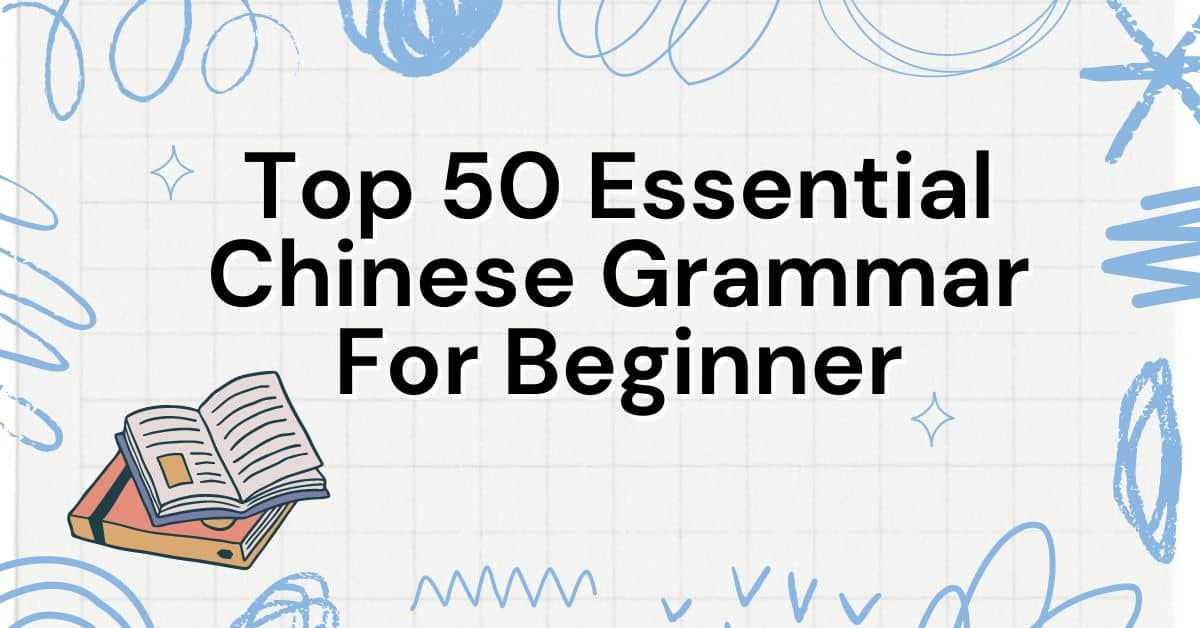
Basic Sentence Structure
Chinese sentences typically follow the Subject-Verb-Object (SVO) (1) structure. This means that the subject (the doer of the action) comes first, followed by the verb (the action), and then the object (the receiver of the action).
Example Sentences
我爱你 (Wǒ ài nǐ) – “I love you.”
- 我 (wǒ): Subject (I)
- 爱 (ài): Verb (love)
- 你 (nǐ): Object (you)
Use of Particles
Aspect Particles
Aspect particles are used to indicate the status or completion of an action. Some key particles such as 了 (le), 着 (zhe), 过 (guo),…
了 (le) – Perfective Aspect
The particle 了 (le) is used to indicate a completed action or a change of state. It can appear either at the end of a sentence or directly after the verb.
Used with Adjectives: Subject + Adject + 了 (2)
Used with Verbs: Subject + Verb + 了 (3)
Change of Situation in the Negative: Subject + 不 + Verb + 了 (4)
Putting 了 After a Verb with an Object
- When Time is Specified: Subject + Time + Verb + 了 + Obj (5)
Time + Subj. + Verb + 了 + Object (6)
- When the Object’s Quantity is Specified: Subject + Verb + 了 + [Number + Measure Word] + Object (7)
When 了 Comes After the Object: Subject + Verb + Object + 了 (8)
Putting 了 After Consecutive Actions: Subject + 来 / 去 + Place + Verb / [Verb Phrase] + 了 (9)
着 (zhe) – Continuous Aspect
The particle 着 (zhe) is used to indicate an ongoing action or a state that is continuing. It is usually placed directly after the verb.
Basic Usage: Verb + 着 (10)
Used for Manner or State in which an Action is Performed: Verb 1 + 着 + Verb 2 (11)
Colloquial Sayings: Verb + 着 + 玩 “For Fun” (12)
过 (guò) – Experiential Aspect
The particle 过 (guo) is used to indicate that someone has had the experience of doing something at least once. It suggests that the action was done in the past but does not specify when.
Basic Usage: Subject + Verb + 过 + Object (13)
Negating a 过 (guo) Sentence: Subject + 没 + Verb + 过 + Object (14)
Structural Particles
Structural particles in Chinese are used to show relationships between words and to modify nouns, verbs, and adjectives. The three most common structural particles are 的 (de), 地 (de), and 得 (de). Each serves a different grammatical function.
的 (de) – Attributive Particle
The particle 的 (de) is used to link attributive words (like adjectives, nouns, or pronouns) to nouns.
Structure
Modifying nouns with phrase + “de”
With a Noun: Phrase + 的 + Noun (15)
Without a Noun: Phrase + 的 (16)
Modifying nouns with adjective + “de”
With a Noun: Adjective + 的 + Noun (17)
Without a Noun: Adjective + 的 (18)
地 (de) – Adverbial Particle
The particle 地 (de) is used to form adverbial phrases. It connects adjectives or phrases to verbs, indicating how an action is performed.
Structure
Adjective + 地 + Verb (19)
Phrase + 地 + Verb (20)
得 (de) – Complement Particle
The particle 得 (de) is used to link verbs or adjectives with their complements, describing the manner or degree of the action or state.
Structure:
Verb/Adjective + 得 + Complement (21)
Verb/Adjective + 得 + Adjective (22)
Question Formation
Yes/No Questions
In Chinese, yes/no questions are formed by adding the question particle “吗 (ma)” to the end of a statement. The tone of the sentence usually rises at the end to indicate a question.
Yes-no questions with ‘吗”: [Statement] + 吗 ? (23)
Tag question with “吗”: ⋯⋯, 好 / 对 / 是 / 可以 + 吗?(24)
Wh-Questions
Wh-questions in Chinese are formed using question words such as “什么 (shénme)” (what), “哪里 (nǎlǐ)” (where), “几 (jǐ)” (how many), and “多少 (duōshǎo)” (how much/many).
什么 (shénme): Subject + Verb + 什么 + (Noun) ? (25)
哪里 (nǎlǐ): Subject + Verb + 哪里 / 哪儿 ? 26
Asking About Small Numbers 几 (jǐ): Subject + Verb + 几 + Measure Word + Noun?(27)
Asking About Big Numbers with 多少 (duōshao): Subject + Verb + 多少 + Measure Word + Noun ?(28)
Pronouns and Demonstratives
Personal Pronouns
Singular Pronouns
我 (wǒ): I, me
The pronoun 我 (wǒ) is used to refer to oneself. It functions as both the subject and the object in a sentence, similar to “I” and “me” in English.
你 (nǐ): You (singular)
The pronoun 你 (nǐ) is used to address one person directly. It functions as both the subject and the object in a sentence, similar to “you” in English.
他/她/它 (tā) – He, she, it
The pronoun 他 (tā) is used to refer to a male person, 她 (tā) is used to refer to a female person, and 它 (tā) is used to refer to an object or animal. Each can function as both the subject and the object in a sentence.
Demonstrative Pronouns
If you use 这 (zhè) or 那 (nà) before a noun, you also need to include a measure word before the noun.
这 / 那 + Measure Word + Noun (29)
Time and Tense
- Expressing Time: Describe how to position time phrases in sentences.
- Tense Indicators: Explain the lack of tense markers in Chinese and how tense is indicated through context and time phrases.
Expressing Time
In Chinese, time phrases are typically placed at the beginning of a sentence or before the verb to indicate when an action takes place. Unlike English, Chinese does not have verb conjugations to indicate tense. Instead, time expressions and context are used to convey when an action happens.
Time Word + the Hour number + the Minute number (30)
Tense Indicators
Chinese does not have specific verb tenses like past, present, or future. Instead, tense is indicated through context, time phrases, and aspect particles.
Number + 点 (31)
Number + diǎn + fēn zhōng (32)
Number + 分钟 (33)
Number + 个 + 小时 (34)
Negation
Using 不 (bù) and 没 (méi)
Chinese uses two main negation words: 不 (bù) and 没 (méi). They are used in different contexts and with different types of verbs.
不 (bù)
不 (bù) is used to negate actions in the present and future, and with habitual actions. It is also used with adjectives and modal verbs.
Negating Verbs: Subj. + 不 + Verb + Objective (35)
Negating Adjectives; Subject + 不 + Adj (36)
Negates in the Present and Future: Subject + 不 + Verb (37)
Is Normally Used with Adjectives: 不 + Adjective (38)
Is for Asking Questions: Subject + Verb + 不 + Verb + Objective (39)
没 (méi)
没 (méi) (often used as 没有 (méiyǒu)) is used to negate actions in the past and to indicate the non-existence of something.
没 + 有 (+ Objective) (40)
Negates Past Actions: Subj. + 没(有) + Verb + Objective (41)
Only 没 (méi) Negates 有 (yǒu): Subj. + 没有 + Obj. (42)
Is for Making Comparisons: Noun 1 + 没有 + Noun 2 + Adj. (43)
Common Negation Errors
Using 不 (bù) with Past Actions: 不 (bù) is used to negate actions in the present and future, but it should not be used to negate actions in the past. Instead, 没 (méi) or 没有 (méiyǒu) should be used to indicate that an action did not happen.
Using 没 (méi) with Adjectives: 没 (méi) is used to negate actions and the existence of something, but it should not be used to negate adjectives. Instead, 不 (bù) should be used to negate adjectives.
Using 不 (bù) with 有 (yǒu): 有 (yǒu) means “to have” or “there is/are.” To negate 有 (yǒu), 没有 (méiyǒu) is used instead of 不 (bù).
By being aware of these common negation errors, you can improve your accuracy and fluency in Chinese. Practice constructing negative sentences correctly to build a solid understanding of how to properly negate actions, adjectives, and states in different contexts.
Measure Words
Importance of Measure Words
In Chinese grammar, measure words (量词 liàngcí) are essential for counting and quantifying nouns. They are placed between the numeral and the noun and are used to specify the quantity or measure of the noun being counted.
[Number] + [Measure Word] + [Noun] (44)
Common Measure Words:
There is a wide variety of measure words in Chinese, each used for different types of nouns. Some common measure words include:
- 个 (gè) – General measure word for most nouns.
Counting Nouns: Number + 个 + Noun (45)
Omitting the Number: Verb + 个 + Noun (46)
- 只 (zhī) – Measure word for animals, usually used for smaller animals or birds.
- 本 (běn) – Measure word for books or other bound items.
- 条 (tiáo) – Measure word for long, narrow objects like rivers, roads, or pants.
- 张 (zhāng) – Measure word for flat, thin objects, such as paper or tables.
Adjectives and Adverbs
Using Adjectives
In Chinese grammar, adjectives directly modify nouns without the need for a linking verb. They provide information about the qualities, characteristics, or states of nouns.
Example:
- 红色的苹果 (hóngsè de píngguǒ) – “red apple”
- 高大的建筑 (gāodà de jiànzhù) – “tall building”
Adverbs and Sentence Position
Adverbs in Chinese serve to modify verbs, adjectives, or other adverbs. They provide additional information about the manner, time, place, degree, or frequency of actions or states.
Example:
- 他很快跑了。 (Tā hěn kuài pǎo le) – “He ran very quickly.”
- 我经常去那个公园。 (Wǒ jīngcháng qù nàge gōngyuán) – “I often go to that park.”
Complex Sentences
Conjunctions
Conjunctions are words used to connect clauses or sentences and show the relationship between them. They help create complex sentences with multiple ideas or actions.
Common Conjunctions:
- 和 (hé) – “and”: The most common way to express “and” in Chinese is with 和 (hé). It’s important to note that 和 (hé) is mainly used to link nouns.
Noun 1 + 和 + Noun 2 (47)
- 还有 (háiyǒu) – “in addition”: It’s as simple as using 还有 before the new clause or sentence. 还有 can also be used with a comma, similar to how we can say “in addition…” in English
⋯⋯ ,还有 ,⋯⋯ (48)
- 不但⋯⋯,而且⋯⋯ (bùdàn…, érqiě…) – “not only, … but also….”
Used with Single Subject: Subj. + 不但 ⋯⋯ ,而且 ⋯⋯ (49)
Used with Two Subjects: 不但 + Subj. 1 ⋯⋯ ,而且 + Subj. 2 + 也 ⋯⋯ (50)
Compound Sentences
Compound sentences consist of two or more independent clauses joined by conjunctions. Each clause can stand alone as a complete sentence.
Example:
- 我喜欢音乐,但是我不喜欢跳舞。 (Wǒ xǐhuān yīnyuè, dànshì wǒ bù xǐhuān tiàowǔ) – “I like music, but I don’t like dancing.”
- 我喜欢音乐 (wǒ xǐhuān yīnyuè): Independent clause (I like music)
- 但是 (dànshì): Conjunction (but)
- 我不喜欢跳舞 (wǒ bù xǐhuān tiàowǔ): Independent clause (I don’t like dancing)
Practical Application Tips
The best way to learn grammar is to practice regularly through speaking, writing and listening exercises. There are many Chinese learning apps that help you practice multiple skills, helping you learn and play extremely interestingly like Mochi Chinese. For each vocabulary word, the app has an accompanying example sentence to help learners understand the context of use. You can completely learn according to the sample sentences in the app. In particular, the app also helps you remember effectively with the Spaced Repetition algorithm. By increasing the time gap between revisions, the SRS method will improve and enhance the user’s ability to remember information.
Call to Action
Get Started Today! Are you ready to take your Chinese language skills to the next level?

